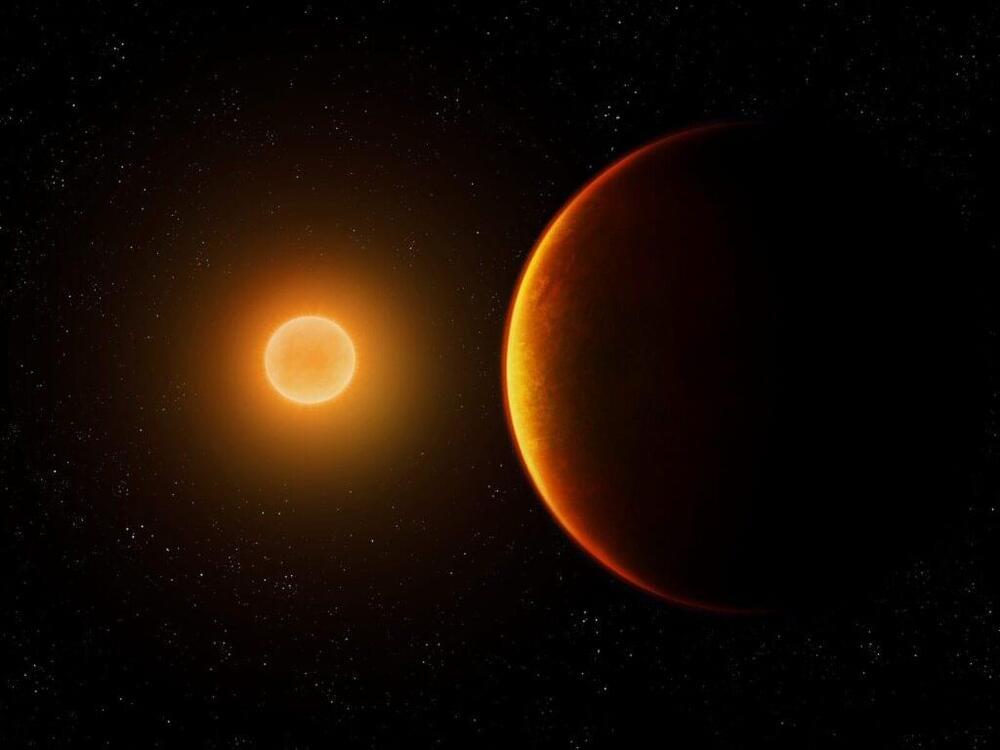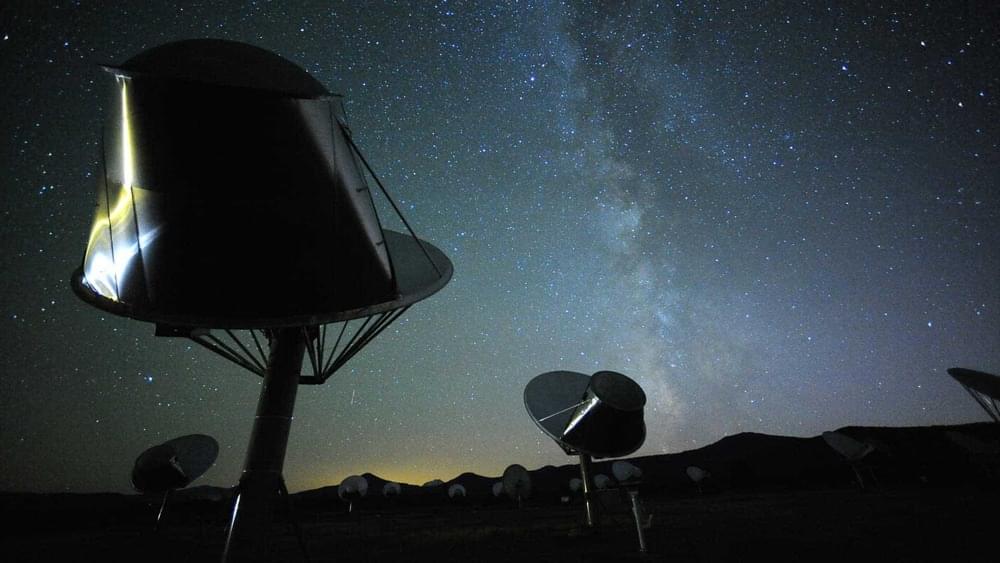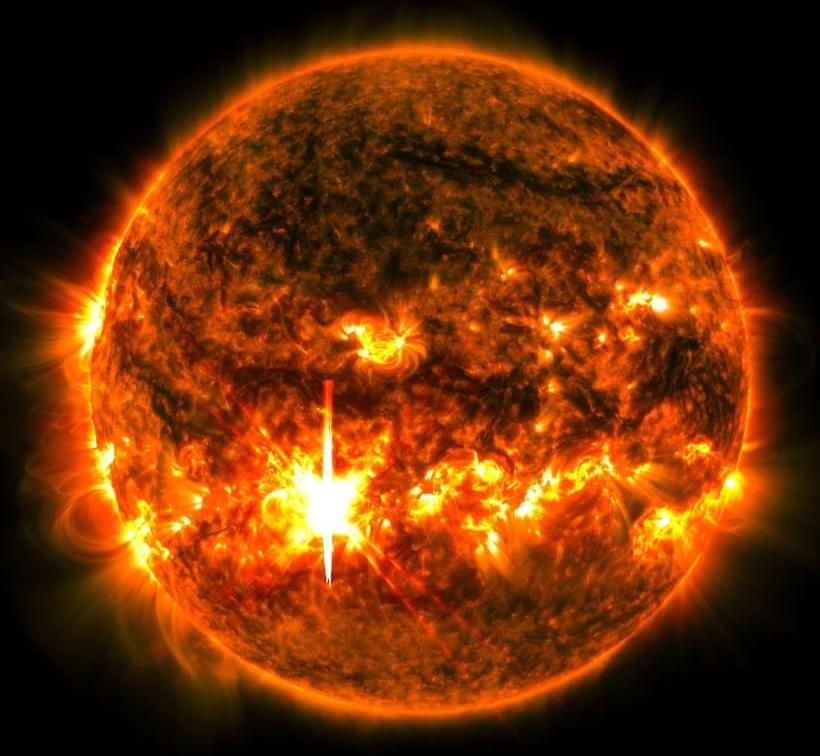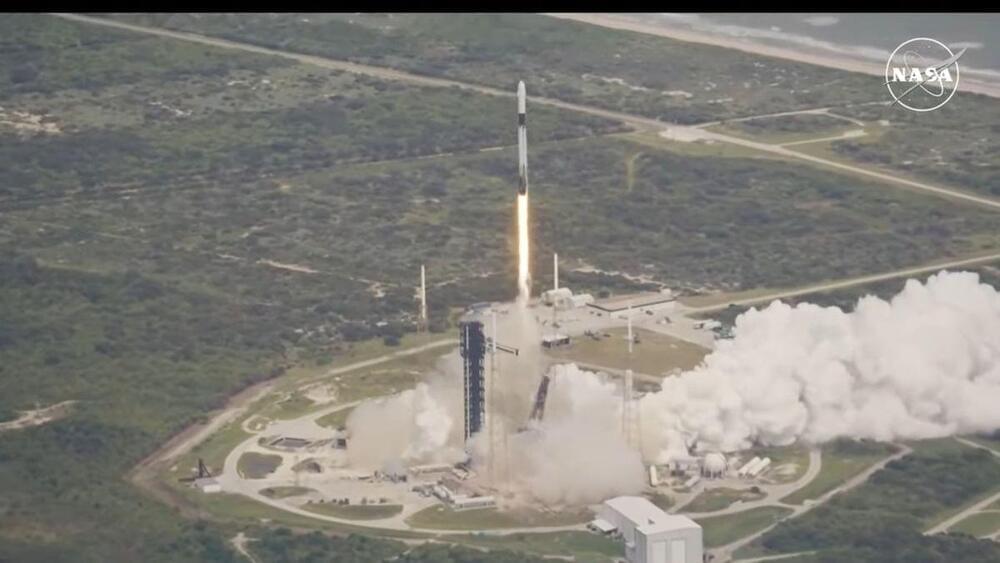
In a new study, astronomers report novel evidence regarding the limits of planet formation, finding that after a certain point, planets larger than Earth have difficulty forming near low-metallicity stars.
Using the sun as a baseline, astronomers can measure when a star formed by determining its metallicity, or the level of heavy elements present within it. Metal-rich stars or nebulas formed relatively recently, while metal-poor objects were likely present during the early universe.
Previous studies found a weak connection between metallicity rates and planet formation, noting that as a star’s metallicity goes down, so, too, does planet formation for certain planet populations, like sub-Saturns or sub-Neptunes.

















